
Alison Taylor is Vice President, Sustainability-Americas at Siemens Corporation. In this position, she is responsible for driving the sustainability program for the Americas and acting as a resource for sustainability initiatives across Siemens’ business sectors.
“Rather than fixing a short-term problem, or addressing a crisis, or repairing a problem that may have occurred, let’s say, after a major storm or mother-nature event, sustainability is about a more long-term view. Will we be able to count on that infrastructure many years in the future? How will it serve the public? How will it serve the needs of the city?”
View this complete post...











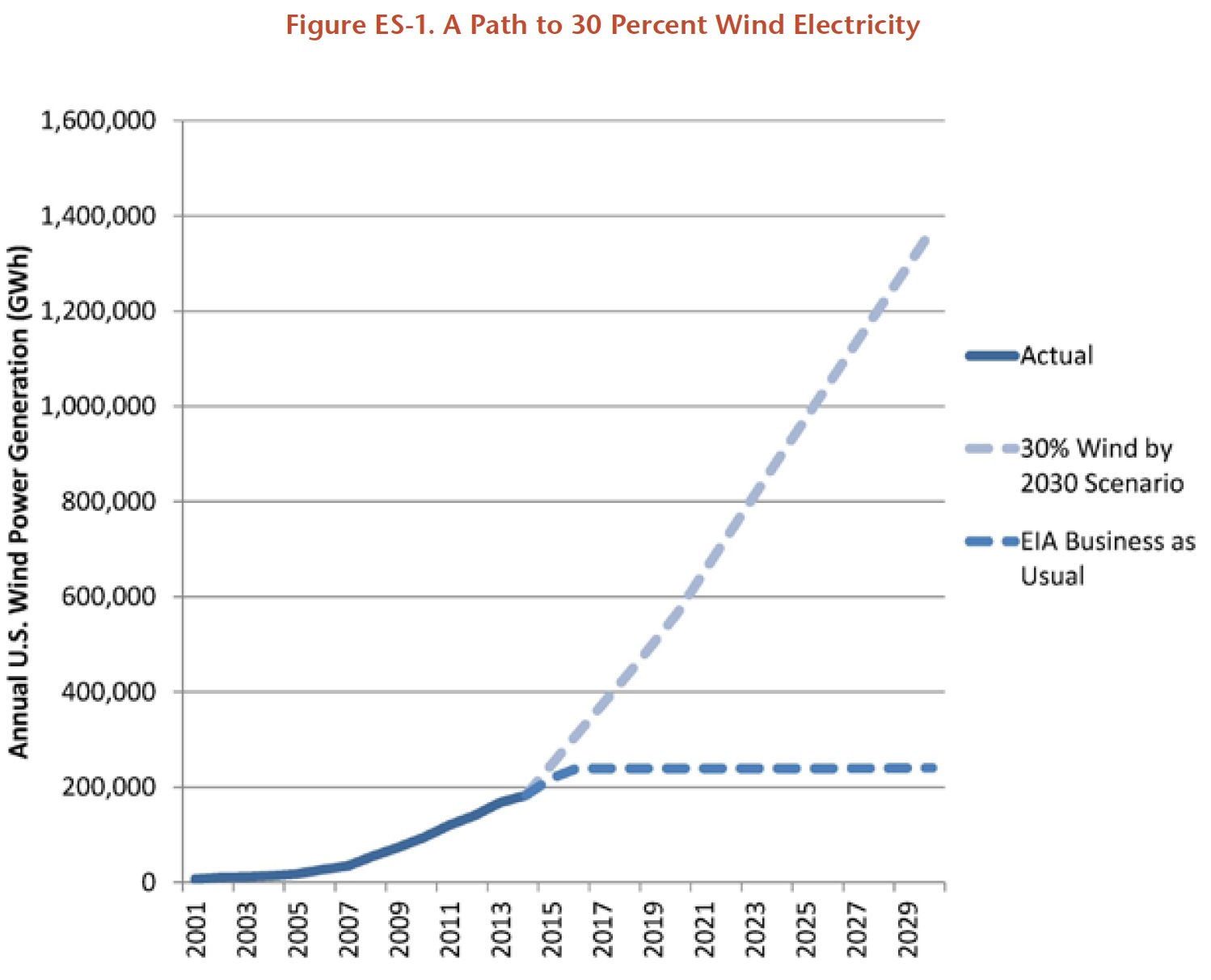

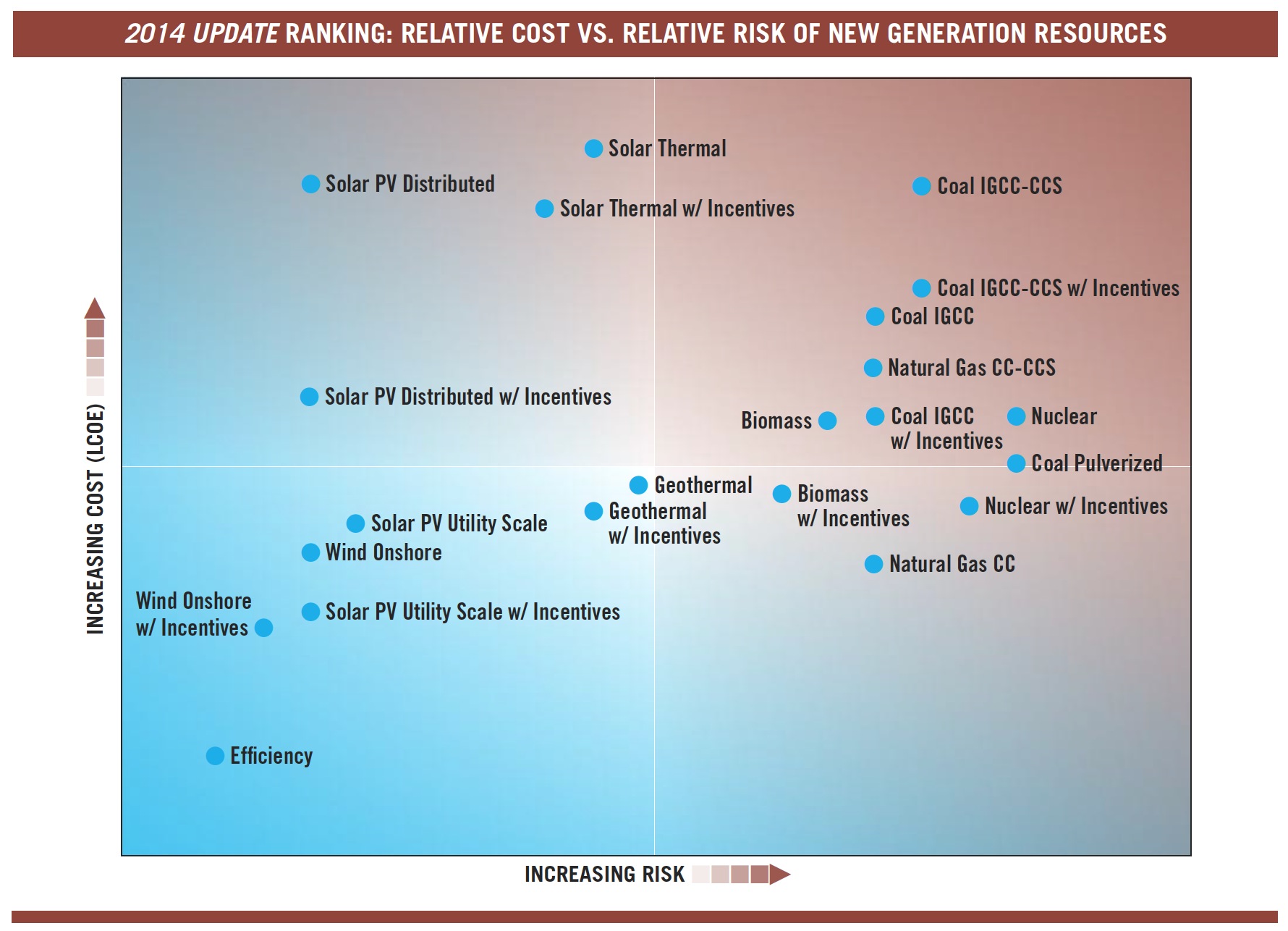
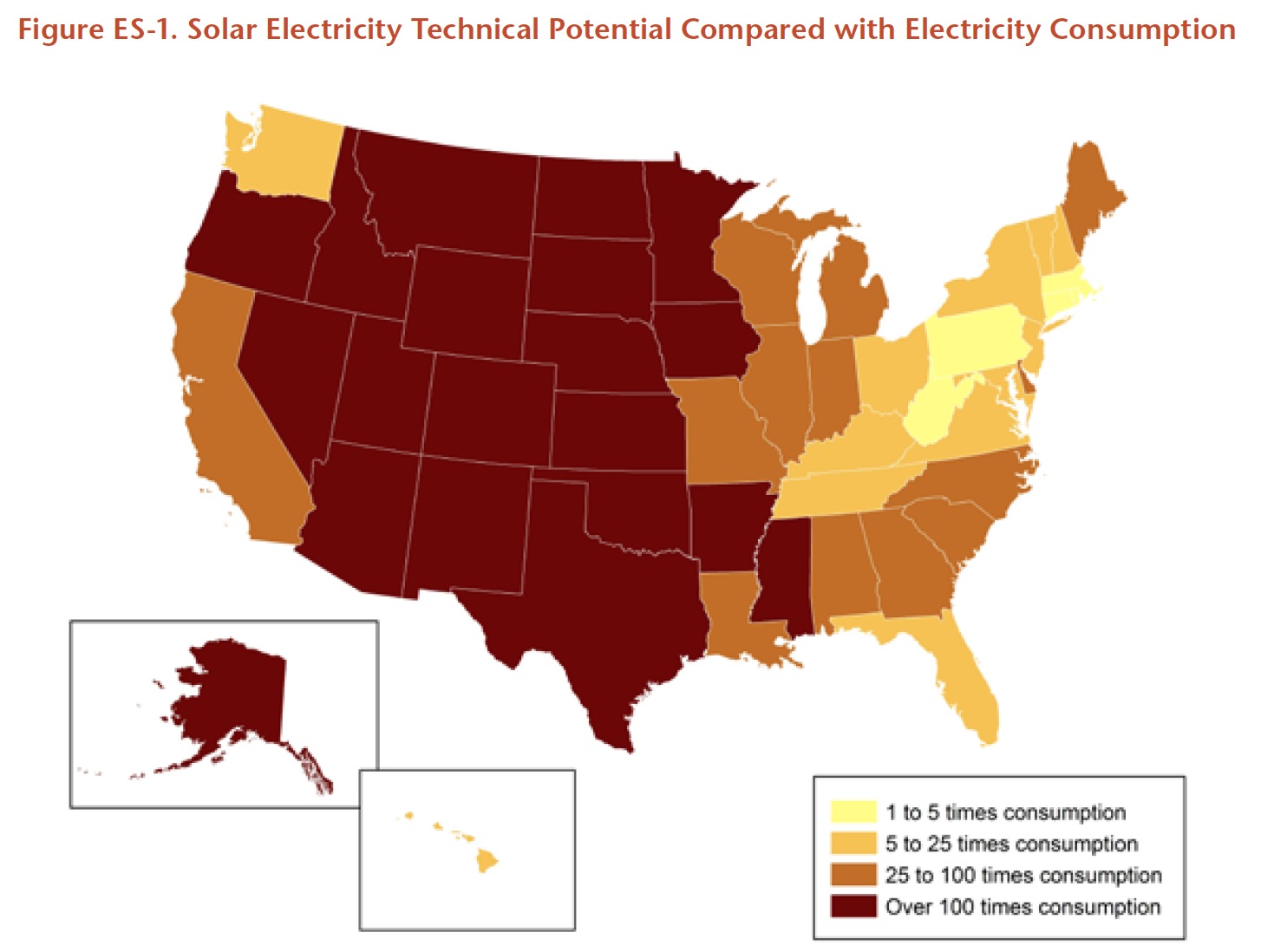
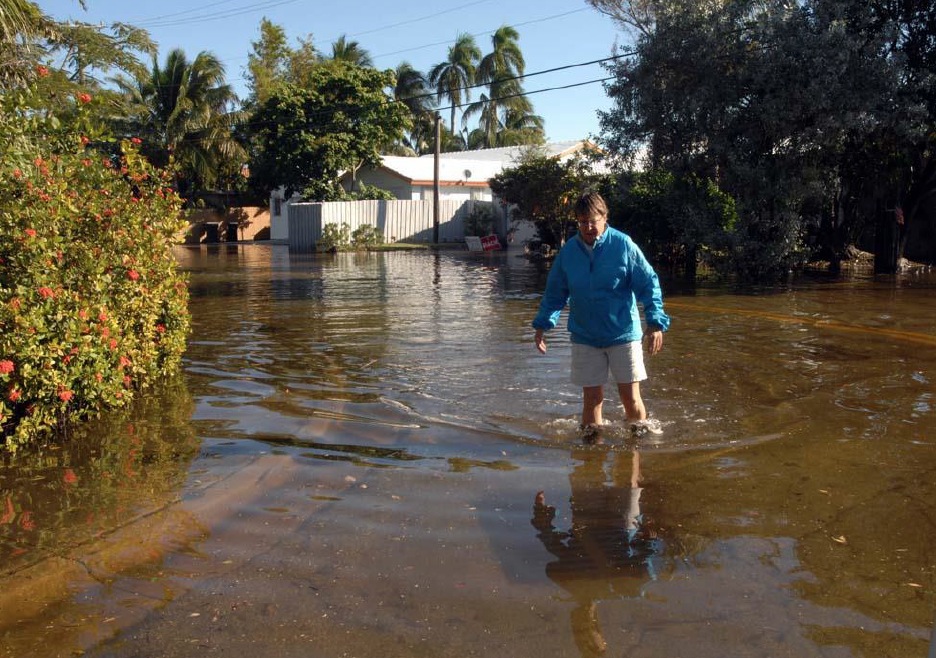

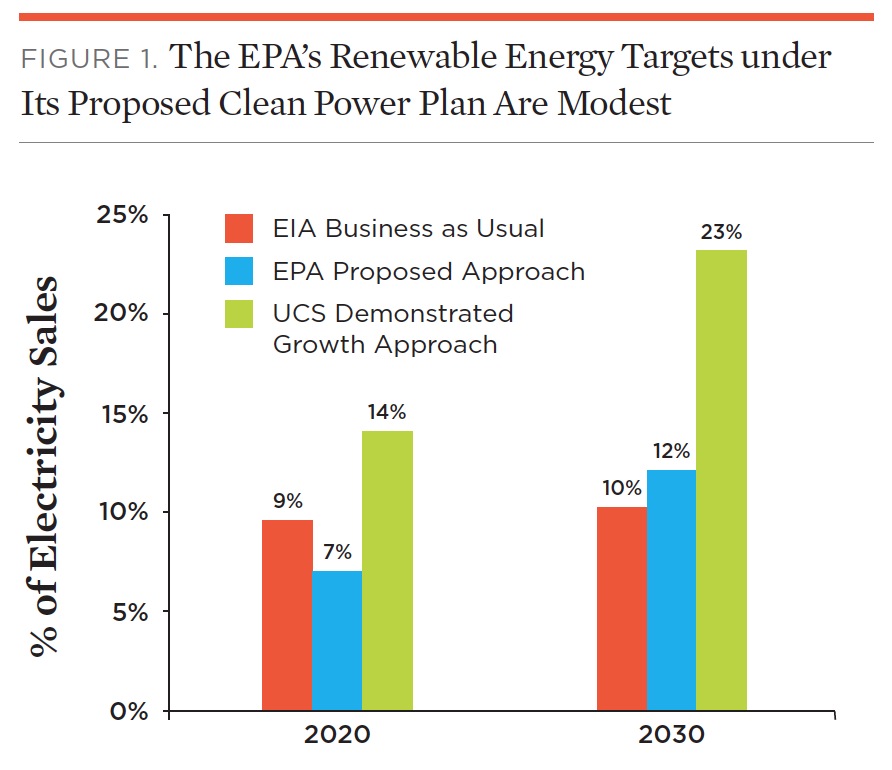
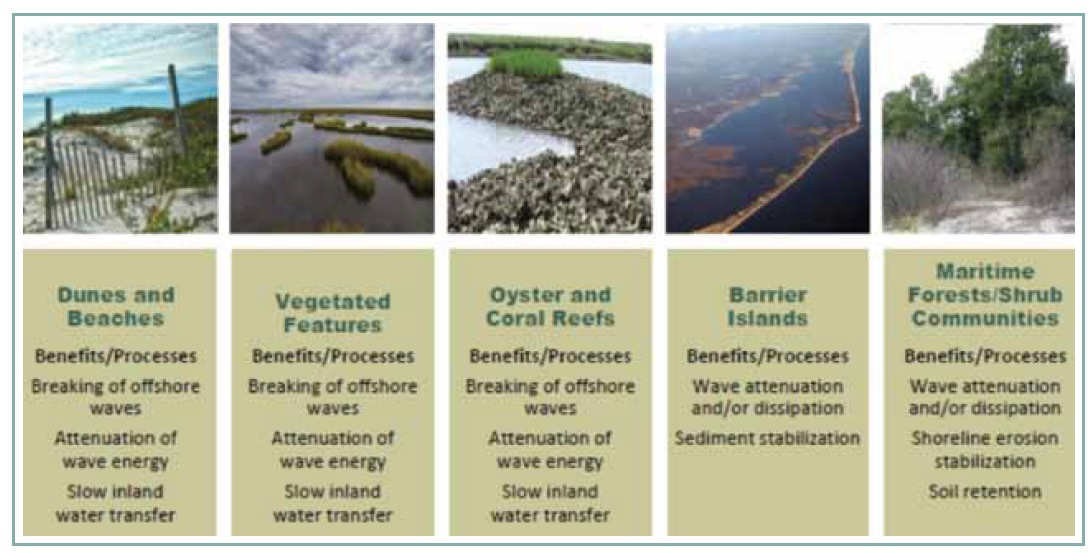
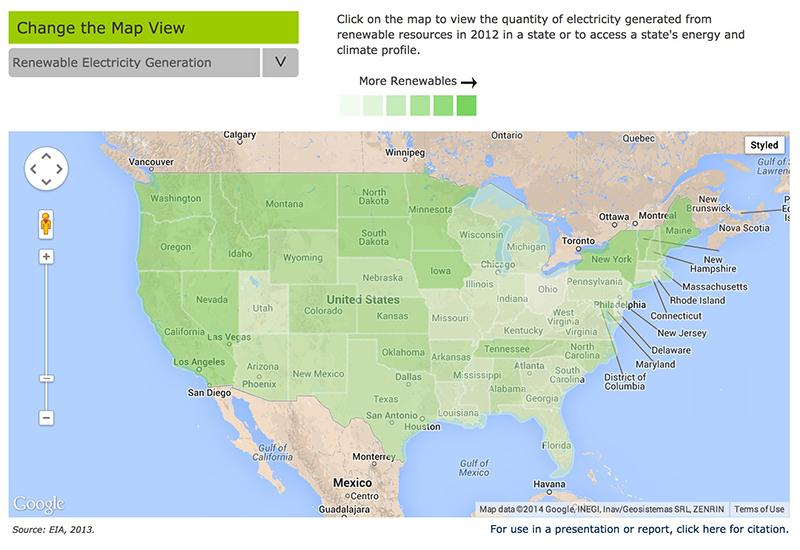

 RSS Feed
RSS Feed